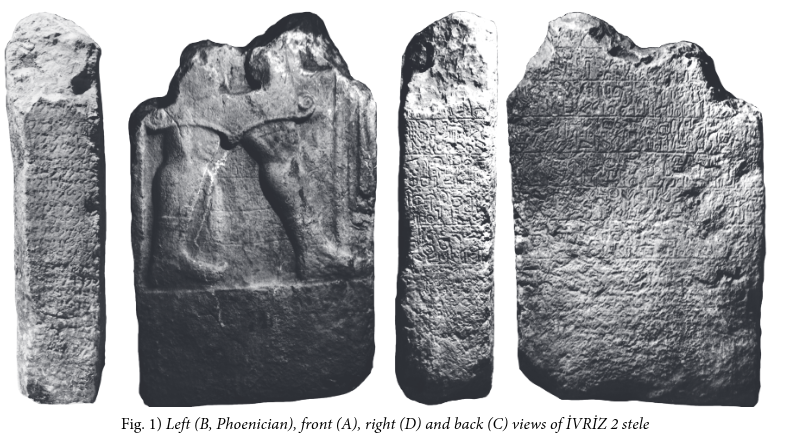
Luwian-Hittite Inscription Reveals the Ancient Name of the İvriz Spring for the First Time
A newly published epigraphic study has resolved a long-standing question regarding one of central Anatolia’s most prominent sacred water sites. The re-analysis of a Luwian-Hittite hieroglyphic inscription on a Tarhunza stele discovered near İvriz (Ereğli, Konya) in 1986 confirms that the spring’s ancient name was “Sallusa.”
The findings, presented in the latest issue of Gephyra, provide the first direct epigraphic evidence identifying the toponym.
The result offers a firm historical anchor for the terminology and topography of water-related cult places in the Late Hittite/Tabal region.
A Long-Term Scholarly Project Completed by Four Researchers
The study builds on epigraphic work initiated decades ago by Prof. Dr. Ali Dinçol, Prof. Dr. Belkıs Dinçol, and Prof. Dr. Massimo Poetto.
Their documentation and preliminary readings formed the foundation for the final edition, completed with the contribution of Prof. Dr. Hasan Peker, Chair of Hittitology at Istanbul University.
This collaborative effort brought the text to publication in 2025, allowing the inscription—known as İVRİZ 2—to be evaluated comprehensively for the first time.
The limestone stele was found in a fragmented state beneath a thick pebble layer during irrigation works in 1986. Only the lower portion of the Tarhunza relief is preserved, while the hieroglyphic Luwian text appears on the front, upper back, and upper right side. A heavily damaged Phoenician inscription survives on the left and lower sections, indicating that the monument was originally conceived as a bilingual cult object.
📣 Our WhatsApp channel is now LIVE! Stay up-to-date with the latest news and updates, just click here to follow us on WhatsApp and never miss a thing!!
Authored by a Known Ruler: Warpalawa of Tuwana
The hieroglyphic text identifies its author as:
- Warpalawa, king of Tuwana (Tyana/Kemerhisar)
- Son of Muwaharani I
- A member of a dynasty that includes Saruwani and his own son, Muwaharani II
These details correspond precisely with Assyrian records describing Urballa/Warpalawa as one of the vassal rulers of Tabal in the reigns of Tiglath-pileser III and Sargon II.
The inscription therefore functions as a new first-hand source for the political landscape of central Anatolia in the 8th century BCE.
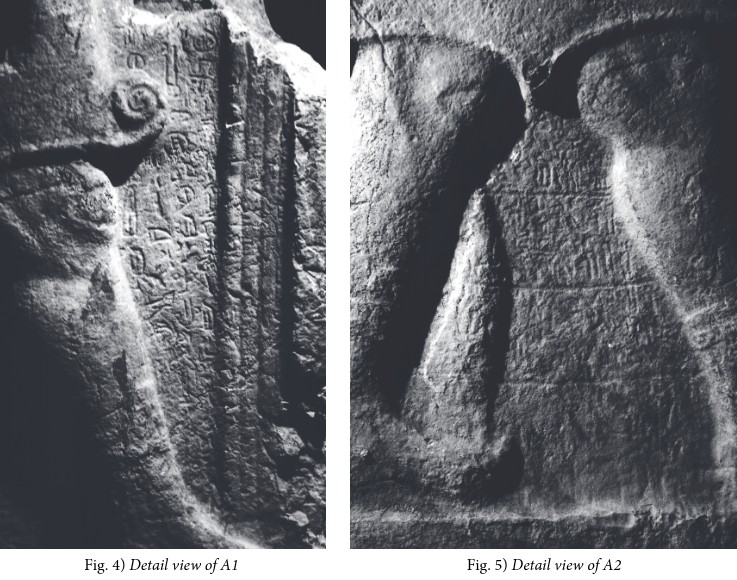
The Critical Line: “Tarhunza of Sallusa”
The key breakthrough emerges in a passage describing the erection of the monument.
Here, Tarhunza is designated as “Tarhunza of Sallusa.”
This formulation is decisive for three reasons:
- It provides the first epigraphic confirmation of the ancient name of the İvriz spring.
- It aligns precisely with the toponym Šalluša/Sallusa known from cuneiform sources.
- It anchors the cultic nomenclature of the site in a primary text rather than scholarly reconstruction.
This evidence significantly clarifies the sacred topography of the region, where water, fertility, and dynastic ideology were closely intertwined.

Cult Administration and Ritual Obligations
Beyond the identification of the spring, the text offers detailed insight into ritual and economic practices under Warpalawa’s authority.
The inscription records:
- The categories and quantities of cattle, sheep, and goats dedicated to Tarhunza
- Expectations regarding the availability of livestock for offerings
- An annual obligation—referred to as the TATARHALI year—requiring a ninth-share contribution and one ox
- A continuation of these offerings in the names of Warpalawa’s father and mother
- A standard Late Hittite curse formula targeting anyone who damages the stele, alters the offerings, or withholds land allotments
The text also refines the meaning of several Luwian terms, including tahwi- (domestic goat), pita- (land allotment), and mizrinzi (select cattle).
Conclusion
İVRİZ 2 now stands, together with the well-known İvriz relief, as a second primary document from one of central Anatolia’s most significant sacred springs.
The new epigraphic edition settles a major historical question:
The ancient name of the İvriz spring was Sallusa — a fact confirmed for the first time by a Luwian-Hittite inscription.
This determination provides a stable reference point for reconstructing the religious geography, cultural practices, and political dynamics of the Late Hittite world.
Belkıs Dinçol, Massimo Poetto, Ali Dinçol† & Hasan Peker.
An Anatolian Hieroglyphic Inscription on a Stele of Tarhunza from Ereğli (Konya): İVRİZ 2.
Gephyra 30 (2025): 1–12.
DOI: 10.37095/gephyra.1776321
Cover Image: Four-sided view of the İVRİZ 2 stele, showing the left side with the Phoenician traces (B), the front face with the Tarhunza relief (A), the right side inscription (D), and the reverse with the main Luwian text (C). Credit: Dinçol, Poetto, Dinçol & Peker, Gephyra 30 (2025), fig. 1.
You may also like
- A 1700-year-old statue of Pan unearthed during the excavations at Polyeuktos in İstanbul
- The granary was found in the ancient city of Sebaste, founded by the first Roman emperor Augustus
- Donalar Kale Kapı Rock Tomb or Donalar Rock Tomb
- Theater emerges as works continue in ancient city of Perinthos
- Urartian King Argishti’s bronze shield revealed the name of an unknown country
- The religious center of Lycia, the ancient city of Letoon
- Who were the Luwians?
- A new study brings a fresh perspective on the Anatolian origin of the Indo-European languages
- Perhaps the oldest thermal treatment center in the world, which has been in continuous use for 2000 years -Basilica Therma Roman Bath or King’s Daughter-
- The largest synagogue of the ancient world, located in the ancient city of Sardis, is being restored



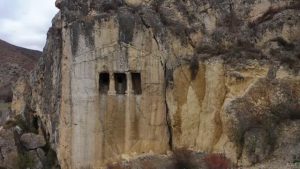

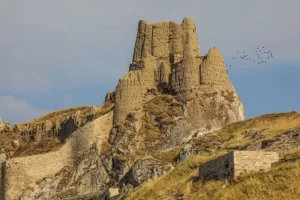
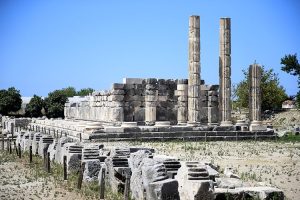



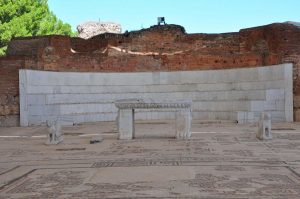
Leave a Reply